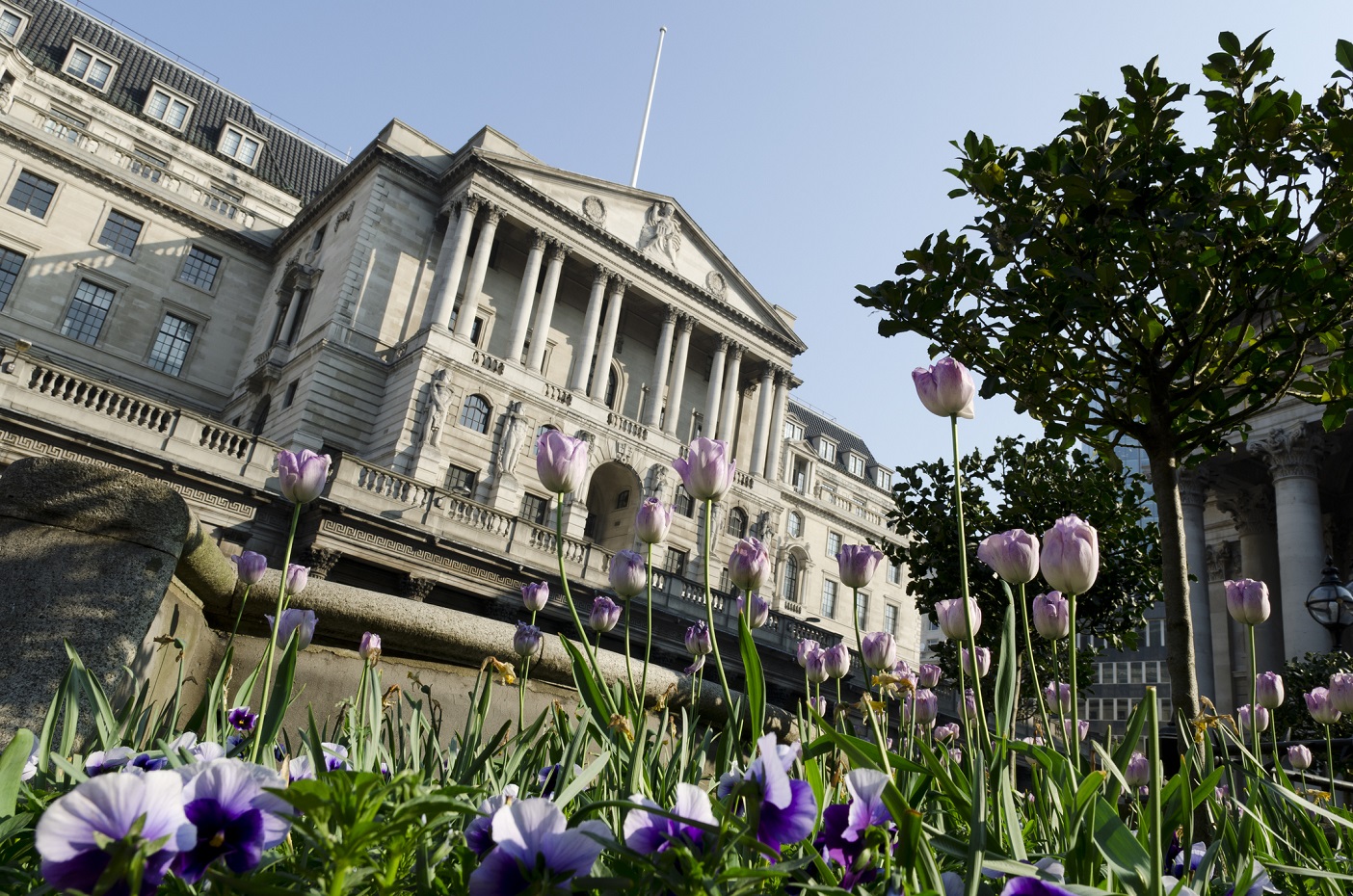Alex Sebastian: Bank of England walking a tightrope with a blindfold on
Britain’s central bank faces a fiendishly difficult balancing act as it attempts to secure a recovery.
5th August 2021 14:19
by Alex Sebastian from interactive investor
Britain’s central bank faces a fiendishly difficult balancing act as it attempts to steer the economy through its recovery from the lockdowns.

The Bank of England kept rates at a negligible 0.1% today despite confirming inflation is expected to climb to 4%, a level which is double its target.
It also said there would be no immediate scaling back of quantitative easing, although in similar vein to US counterparts suggested “modest tightening” is under consideration and will arrive over the next two years.
That would only come following rate rises though, in contrast to the US approach. The meeting has been received by the markets as a step in a hawkish direction. A very small step though.
It is not an enviable position the members of the monetary policy committee find themselves in. Making the right decisions over the coming year will be a fiendishly difficult endeavour.
They are walking a tightrope across a chasm with a blindfold on. The metaphorical tightrope in question is the very narrow pathway to making the correct calls on rates and unwinding quantitative easing.
Should they fall to one side of the rope by tightening too quickly or too much, they will choke the economy out of its nascent recovery from the pandemic. This could set the economy back a long way.
- Inflation watch: savers whacked with another surge in shop prices
- Will ‘transitory’ inflation start to be worryingly persistent soon?
- A guide on how investors can protect against inflation
Such a misstep would be very damaging. Households and companies are still in the process of getting back on their feet after everybody was told to stay at home for months on end.
Tip over to the other side by being too dovish and slow to move though, and inflation will run away from them. This is the nightmare scenario.
Out-of-hand inflation creates a vicious, self-perpetuating cycle of price rises that is very hard to rein in. It destroys the real value of cash savings and wipes out confidence in the economy.
In this situation, policymakers have little option but to impose sharp rises in interest rates, and that can be ruinous for any borrowers flying too close to the sun. Many people fall into that category.
Savers, of course, may welcome a sharp increase in their returns, but the joy would quickly dissipate if the wider economy is on fire.
This being so, if the Bank of England is to err, it would be less harmful to do so by going too early rather than too late.
In making these calls, Governor Andrew Bailey and his MPC colleagues have nothing to go on from the recent past. No comparable milestones or benchmarks. Little directly relevant data drawn from previous economic cycles.

Inflation forecasting is notoriously difficult at the best of times, and there’s little to suggest even the brightest economic minds can do so reliably.
When you add in all the uncertainty stemming from the fact the country and the world is emerging from a pandemic and related economic crash, there you have the blindfold on policymakers.
The benign view of inflation hitting 4% is that it is simply a reflection of rising from a low base imposed on the country by the lockdowns of the past year.
- The inflation-proof shares fund managers are backing
- Stockwatch: an inflation survival plan for investors
‘Transitory’ is the widely used, and derided, term central bankers have clung to. The argument is not without merit.
Clearly, when you shut down an economy then suddenly reopen it there will be a jump in demand that drags prices up. Given time, prices return to desirable rates of growth without heavy-handed intervention from a central bank.
Or so the theory goes.
There are signs inflation is more likely to go up further from here than recede without much prompting.
The jobs market is running hot, with demand outstripping supply of workers in many fields. This inevitably pushes wages up and in time, prices.
The point at which inflation turns from transitory to persistent is not well-defined, to put it kindly.
Do the members of the monetary policy committee even have a clear idea of this themselves?
These articles are provided for information purposes only. Occasionally, an opinion about whether to buy or sell a specific investment may be provided by third parties. The content is not intended to be a personal recommendation to buy or sell any financial instrument or product, or to adopt any investment strategy as it is not provided based on an assessment of your investing knowledge and experience, your financial situation or your investment objectives. The value of your investments, and the income derived from them, may go down as well as up. You may not get back all the money that you invest. The investments referred to in this article may not be suitable for all investors, and if in doubt, an investor should seek advice from a qualified investment adviser.
Full performance can be found on the company or index summary page on the interactive investor website. Simply click on the company's or index name highlighted in the article.